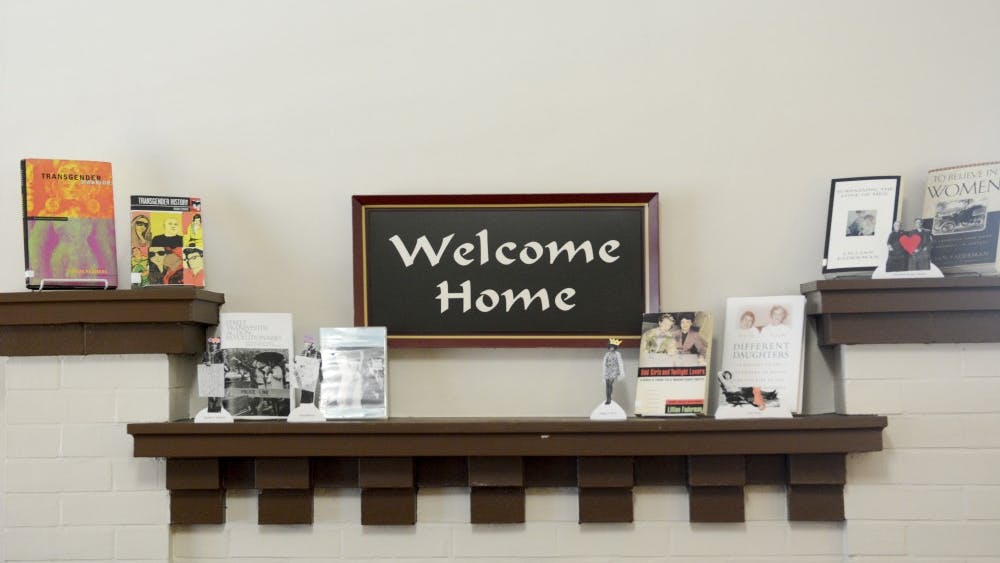Q: What is the inspection process like?
A: First of all, they’re unannounced. We try to do the “higher-risk” places – places where food is made from scratch, where large volumes of food are cooked – more often than the “lower risk” places. Typically, Mexican, Asian, and “Mom and Pop” restaurants fall under the high-risk category.
Q: How many restaurants do you inspect, and how frequently are they inspected?
A: Roughly about 500 licensed restaurants in Monroe County. We add on top of that temporary events such as Taste of Bloomington and the farmers’ market. We try to inspect restaurants on an average of twice a year, but it is based mostly on risk.
Q: How are the restaurants evaluated?
A: We break violations down into “critical” violations, things like insects or rodents, no hot water, poor refrigeration, or people not washing their hands after using the bathroom, and “non-critical,” like a hole in the wall or a light being burnt out.
Q: What are the most common rules broken by restaurants?
A: I would say food storage issues: not covering foods stored on the floor, not labeling properly, personal hygiene issues (not wearing gloves, no soap, and towels at hand sinks), “soiled” food contact surfaces (knives, meat cutters).
Q: Are restaurants where you report critical violations closed immediately?
A: Most critical violations, we give the restaurant 24 hours to correct, and we go back the next day. Obviously, no hot water, lack of power, no refrigeration, sewage backups, and severe roach infestation are all immediate closures.
Q: Which restaurants are typically the most sanitary?
A: Chain restaurants. Almost 100 percent of the time, these restaurants have their own internal quality control people.
Q: Which restaurant has the perception of being nasty but in reality is rather clean?
A: After a night of bar-hopping and drinking, a lot of students like to finish their evening at places like the all-night “greasy spoons,” and the place that comes to mind is White Castle. They are actually an amazingly clean facility and consistently do well on their health inspections reports.
Q: You’re a food health inspector. Do you ever eat out?
A: Absolutely. I think that I tend to judge places more on first impressions when I walk into the dining room now. If I see an unsanitary condition in the dining room, that makes me wonder, “What is going on behind those kitchen doors?”
Q: How many restaurants have you closed down? Is it your sole decision to shut down a restaurant?
A: Less than 10 in my 30-year career. You always have to run it by your boss. But the decision in the field rests solely on the inspector’s shoulders.
Q: What is the most disgusting thing you’ve found while inspecting a restaurant?
A: I had a rat infestation in a small Greek restaurant (not in Bloomington, thankfully!). And I mean, I’ve seen a lot of roach infestations, but I’m not talking about little tiny rats, I’m talking
about ... big ones. It was so bad that the rats were living in the booths where people sat, and there were rats’ nests found under the seats. That takes the cake.
The dirty world of dining out: confessions of a restaurant inspector
From rats in booths to mold and sewage backups, Monroe County’s Chief General Food Sanitarian Sylvia Garrison shares her dirtiest tales.

Get stories like this in your inbox
Subscribe





